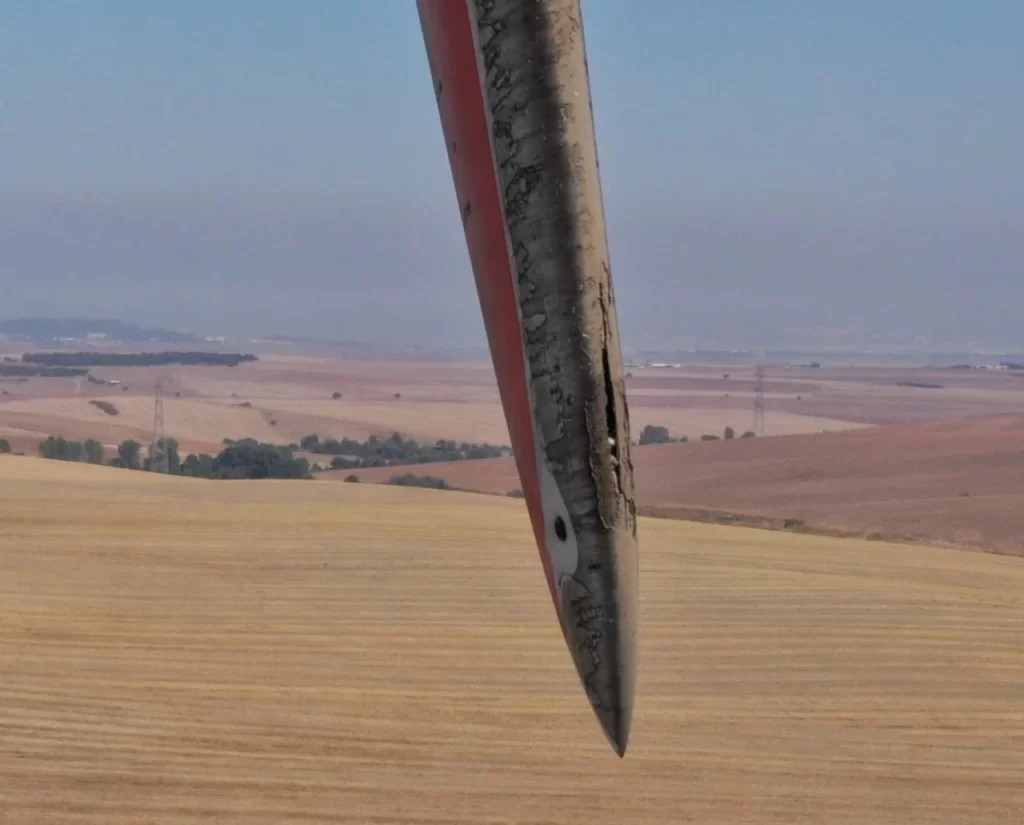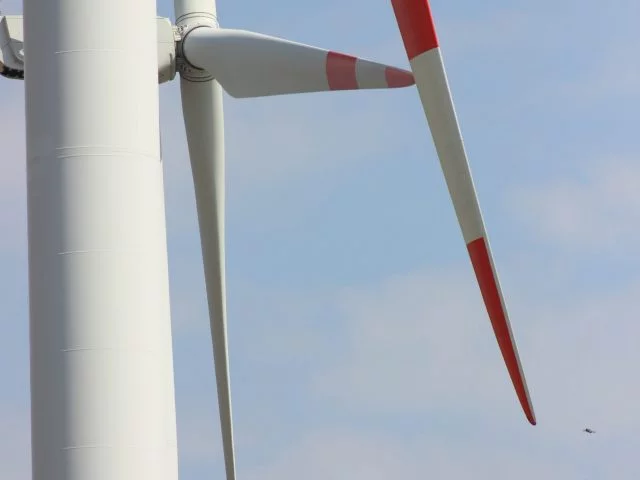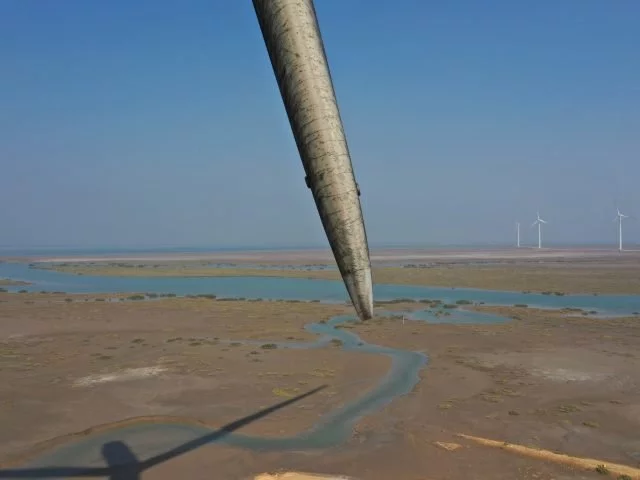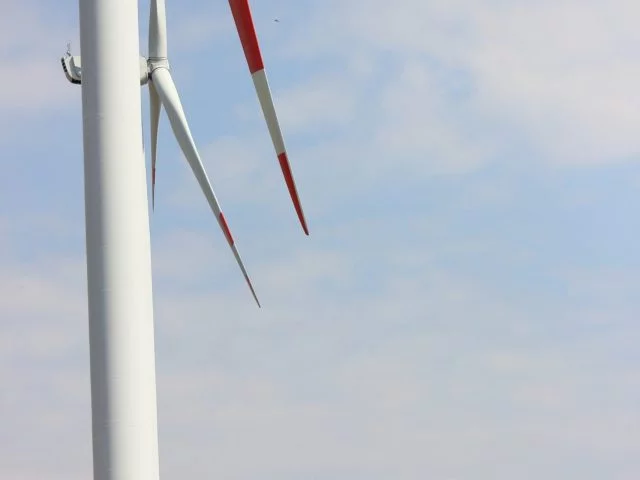
What is DRONECARE’s solution for turbine inspections?
With the DRONECARE UAV systems, you do not have to stop turbines for long hours and days on site for inspections. The inspections carried out thanks to the high-resolution photographs taken with high-tech cameras owned by the DRONECARE UAV systems offer you both more practical and cost-effective solutions compared to traditional methods.
To summarize the work done here;
- – Taking high-resolution photographs of the relevant wings or towers by flying with UAVs,
- – Uploading these images to the cloud-based reporting page Dronecare_console,
- – Reaching the original sizes of the pictures by generating user code via the cloud based reporting page
Dronecare_console and creating reports regarding turbine wing damage in the form of pdf.
How are Turbine Blade Damage and Tower Corrosion Control Flights Carried Out with a Drone?
We have a team of 2 to 6 people in the field. In line with the client’s requests, flights are being carried out to inspect the corrosion of the towers or the damage in the blades. Various imaging technologies are utilized in these flights. We can take very close photos with the UAVs we have developed. These UAVS have anti-collision obstacle detectors and therefore can avoid any accident. Thanks to the machine learning laser sensor systems on them, the DF (Distance from Flange) measurements of damages are taken healthier when compared to other methods.


What is Our Inspection Capacity?
Inspection flights of all blades of a turbine are completed within an average of 1 hours. This duration might increase up to 2.5 hours depending on field and turbine conditions. The performance on the whole field depends on the date range the inspection is carried out. Accordingly, we have a capacity to inspect 8 turbines per day.
What is Our Air Imaging Limits with UAV?
In case of a possible extraordinary situation, if a general shot about unexpected damages (e.g. insurance shootings after a lightning strike, etc.) is demanded, our flight limit is 12 m/s. In such flights, the vehicle does not get so close to the turbine, the shooting distance is about 2 m on average. Flights can be carried out when it is cloudy and even a little rainy. Flying is possible when the turbulence limit is +/-8 km/h in 4 seconds.


What are Inspection Shooting Limitations and Standards?
During the flights done for the shootings of blade damage and tower corrosion inspection, the wind limit is 10 m/s and below it. In these shootings, the wind intensity should be low for efficient operation since the vehicles fly at a distance of 150 cm. For high quality light, it should be not cloudy and foggy. The turbulence limit should be +/- 8 km/h in 4 seconds and below it. It is important to plan when it is clear and cloudless in the field. The quality of the shots to be made under these conditions will be high
How Do We Provide Shooting Safety?
Our UAVs have their own standard obstacle recognition system. However, these obstacle recognition systems allow drones to approach turbine blades up to 2.5 meters. Therefore, as DroneCare we support UAVs used with specially developed software and additional obstacle recognition hardware systems. Thus, our vehicles can approach to blades at a distance of 50 cm and take sensitive photos with a wide angle.


Do We Need the Support of Field Staff During Inspections?
It is important for each UAV team in the field to get support from 1 turbine team. This team can be asked to stop turbines, set Nacelle yaw so that the turbine turns towards wind or sun, manually pitch the blades when required by us. This staff must have mastered turning maneuvers of turbines particularly because we work under zero wind conditions. The support of the staff in the field is vital for the punctual and smooth completion of the work.
During the inspections, all the teams are on the field at sun rise, give lunch breaks on site and continue to work on the field until sunrise.
What are the Factors Affecting the Working Hours as Field Conditions?
- The length of the bright hours in the day,
- Tower lengths,
- Blade lengths
- Whether the control of the blades is done inside Nacelle or inside the tower
- The experience of the support team while turning the blades towards the sun at 0 km/h
- Whether mains power is used to bring the blades into Y position at 0 km/h
- If the blades are controlled from the Nacelle, whether there is a lift or not
- Whether support staff work in flexible working hours.
- The distributions of the turbines in the field and their distances to each other.
- Whether the customer wants inspections of pressure side (PS), suction side (SS), leading edge (LE) and additionally trailing edge (TE).


How are Images Delivered after Inspections in the Field?
The images obtained after these inspection flights are delivered to the operation manager in a sorted and classified manner so that you can prepare the report yourself. Approximately 350-400 images per turbine are delivered on site.
